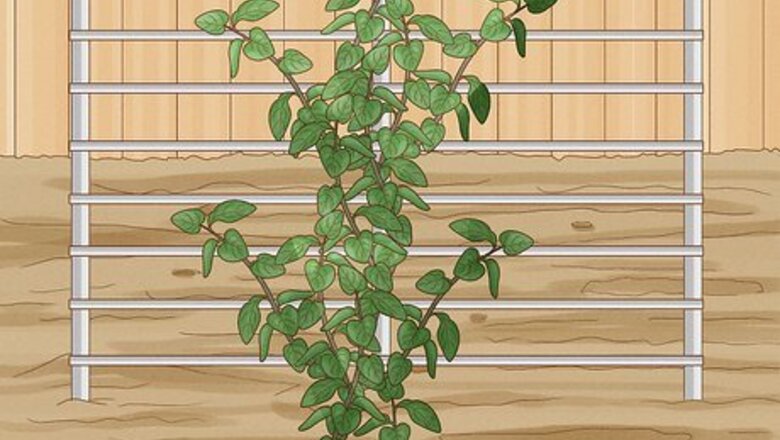
views
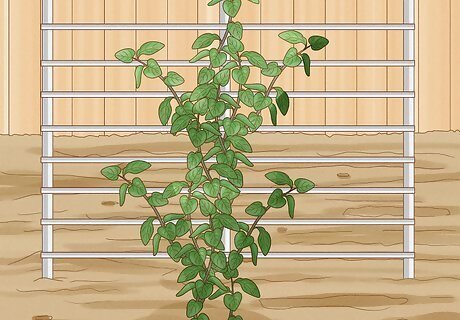
Know the signs. Clematis wilt will cause the stems to die back to ground level. Older plants may be able to recover but younger plants will usually die completely from this occurrence.
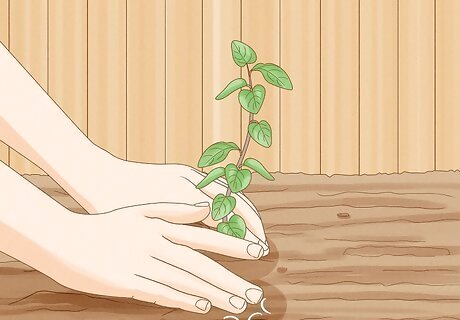
Plant with care. When planting clematis, plant it at the level of the first node. Doing this will allow the root system to develop more strongly, and new shoots will quickly form from the base of the plant. While this is not a preventative measure, it is a way of ensuring that there are plenty of regrowth opportunities should clematis wilt strike.
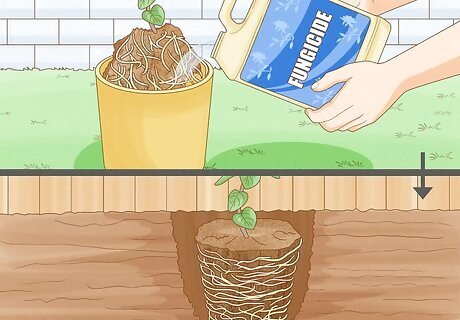
Soak the root ball in fungicide before planting the clematis. This will kill off any wilt pathogens residing in the root ball and give the plant a good start.
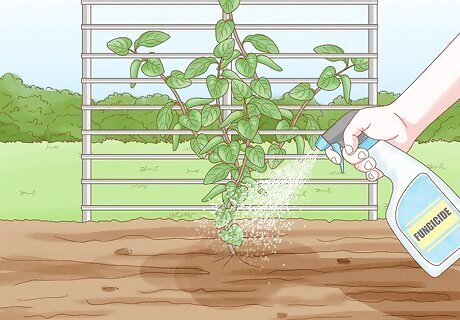
Keep using fungicide. As the clematis grows, continue to spray the fungicide around the zone of the roots. Once the plant appears well established, you can stop doing this.
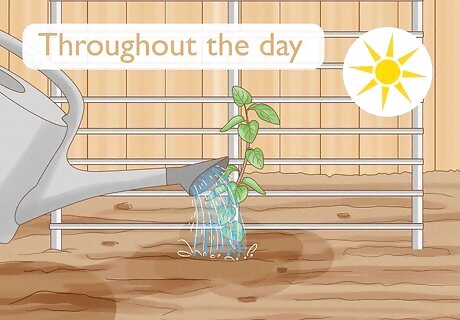
Keep young plants watered throughout the dry, hot season. Don't let them dry out.
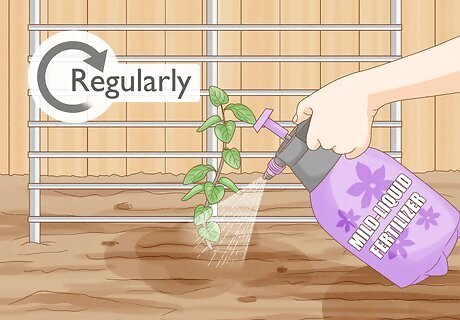
Feed regularly. Use a mild liquid fertiliser to nourish the plant and give it steady growing strength.
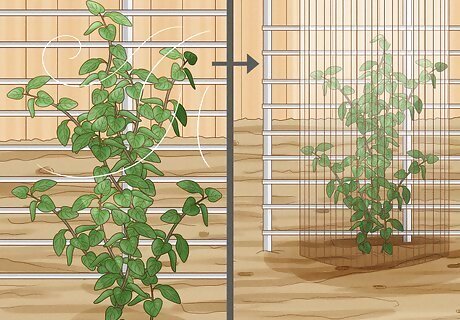
Keep young plants stable. If the clematis is exposed to wind and snaps, this creates a possible entry point for fungal spores. If needed, shelter or tie up young plants so that they don't risk snapping off.




















Comments
0 comment